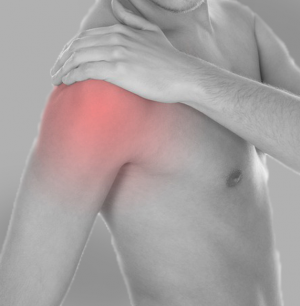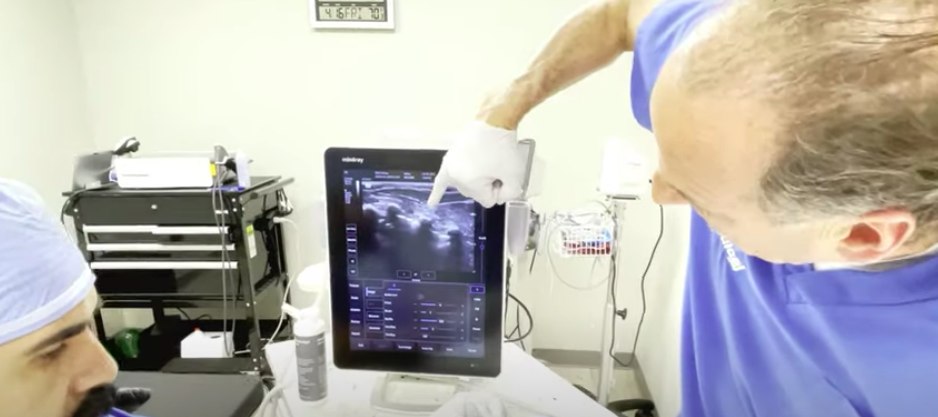PRP
Platelet Plasma Therapy
A PRP injection is a plasma concentrate, derived from your own blood, that is rich in growth factors, which promote healing of injured tendons, ligaments, muscles, joints and various musculoskeletal problems. PRP-Platelet Rich Plasma therapy is a great option for the patient with the chronic injury that never seems to go away, or athletic individuals who are looking for something to “speed up” the recovery process.
PRP injections have the potential to improve function and decrease pain for various issues, including – but not limited to – elbow, wrist, shoulder, hip knee, back and ankle. Early work is also showing promise for osteoarthritis.
Complete Cases
Board Certified

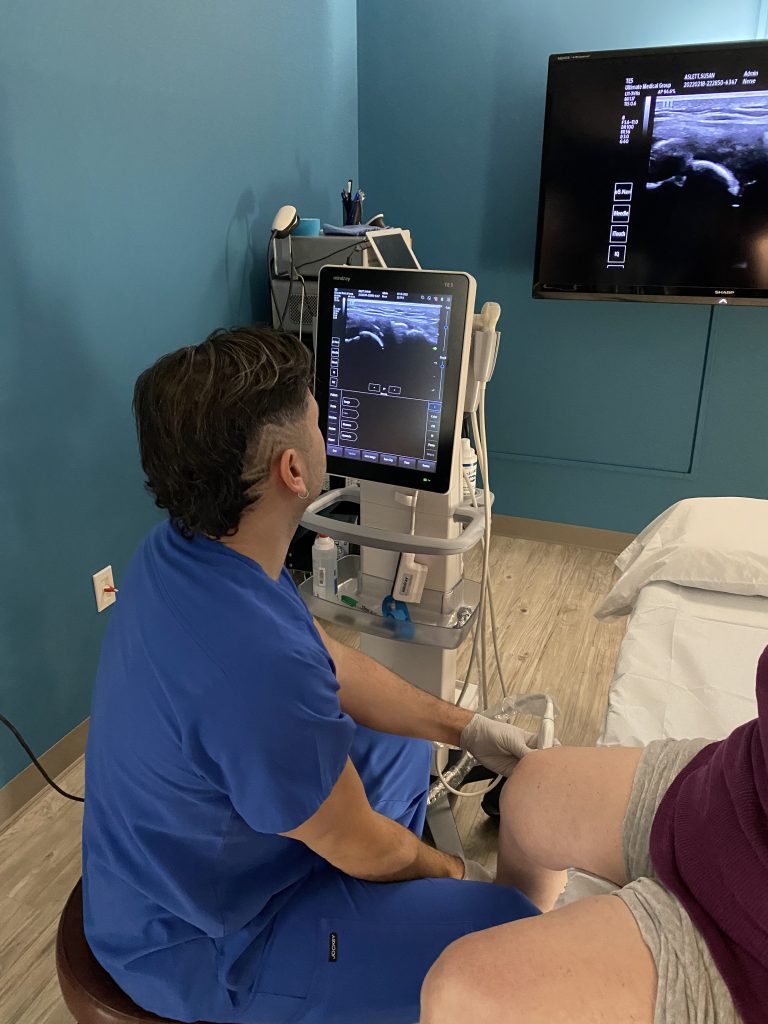
Platelet Rich Plasma Therapy For Pain
PRP injections have the potential to improve function and decrease pain for various issues, including – but not limited to – elbow, wrist, shoulder, hip knee, back and ankle. Early work is also showing promise for osteoarthritis.
This viable procedure may decrease the progression of more serious injuries, decrease overall healing time and decrease the overall need for surgical intervention.Growth factors are involved in the key stages of wound healing and regenerative processes, so activating your platelets plays a key role in the process of soft tissue healing.
Both acute and chronic injuries benefit from PRP Therapy by encouraging healing and discouraging the development of scar tissue, which further inhibits blood flow. PRP is a way to manage or eliminate pain in your back, neck, joints and soft tissues.
PRP Therapy is the injection of the patient's’ own high concentration of platelets into an injured tendon, ligament or muscle tear. The injection penetrates the scar tissue and brings natural healing cells to an area that is deficient, allowing the body to resume natural healing.
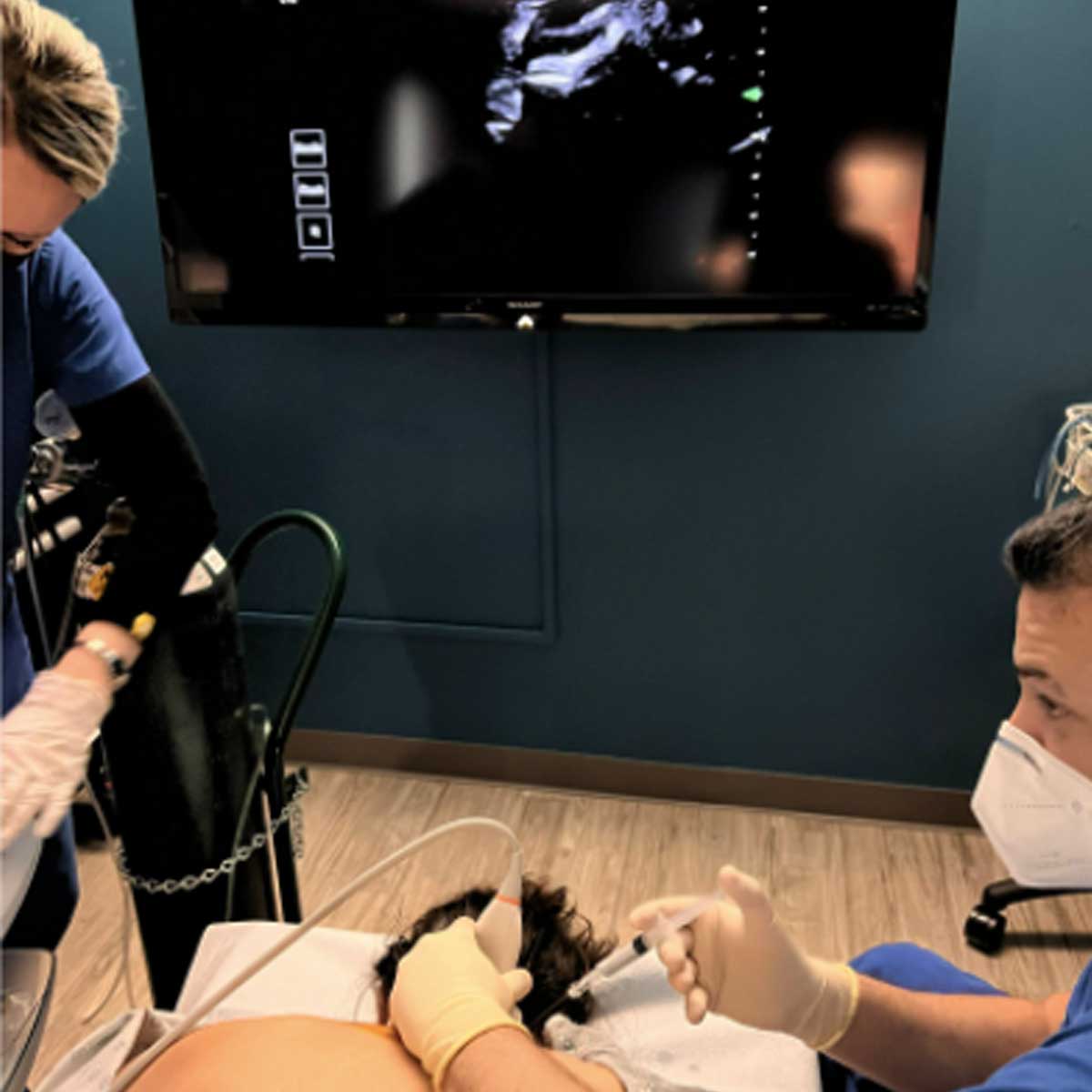
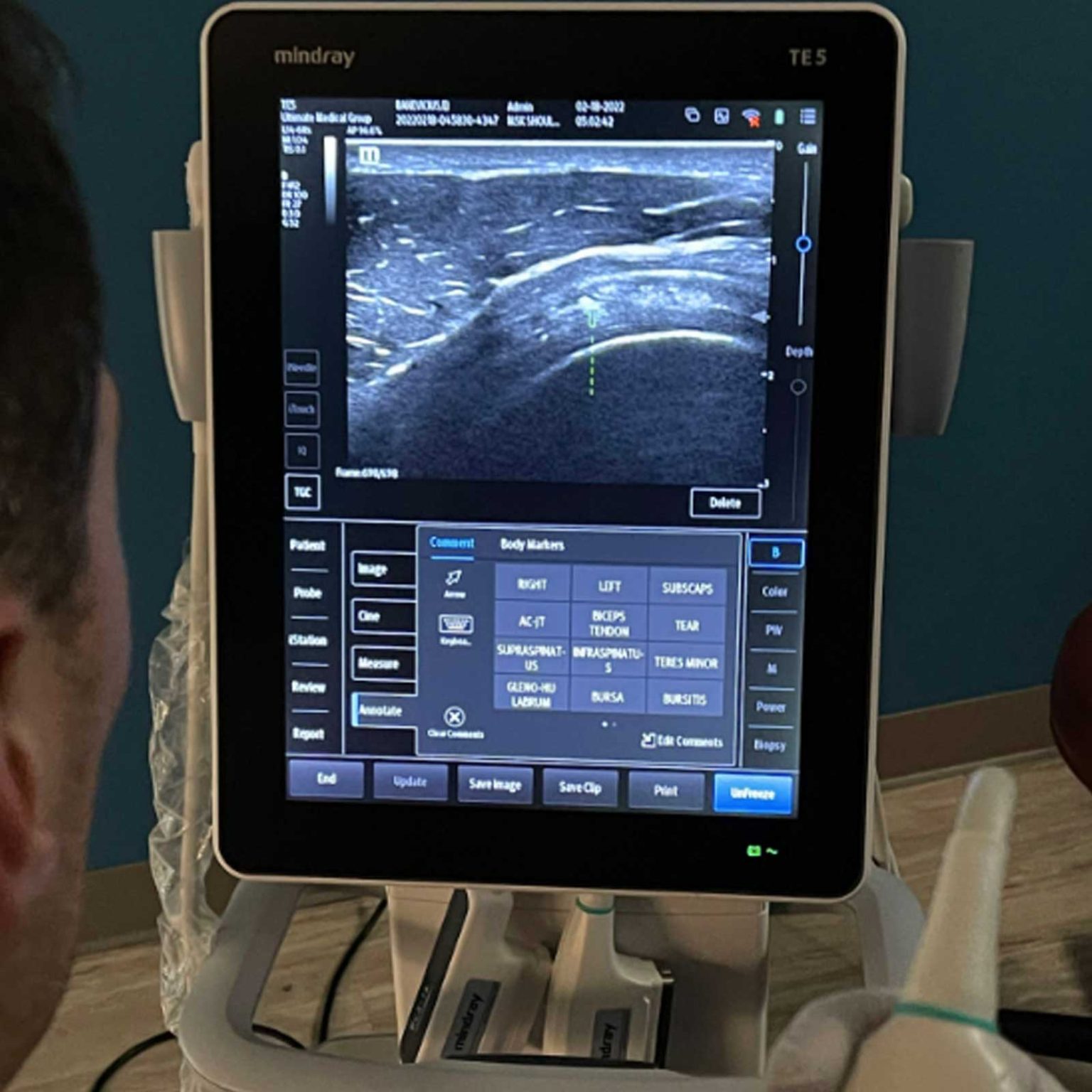

Key Benefits
01. Ultra Sound Guided Injections
Our physicians use ultrasound-guided or fluoroscopy-guided machines to identify the area within the ligament or tendon that is injured.
02. PRP Stimulates Healing
Our physicians utilize the latest technology to help stimulate the body’s natural healing process.
03. Board Certified
Our elite team of doctors and technicians are the most trusted.
Why Choose PRP vs Prolotherapy?
Prolotherapy injections are used on “trigger” points in tendons and ligaments. Prolotherapy injections cannot be injected into a joint, and therefore can only have an effect on the joints’ supporting tissue. Tendons and ligaments have different functions. Tendons transfer the action of muscles to the skeleton, while ligaments lash bone to bone and keep joints from wobbling.
But both are made up mostly of organized networks of dense, elastic connective tissue, rich in a tough protein called collagen. And tendons and ligaments basically heal in the same way, that is to say slowly and often poorly, with disorganized scar tissue in place of organized collagen fibers. This poor healing process often makes you prone to re-injury. PRP injections can be injected into the joint and have the potential to regenerate cartilage. If a joint is injured, simply treating the surrounding tendons and ligaments may help in some pain relief, but ultimately the joint, which now lacks mobility and function, will still be the underlying cause of pain.
Why Choose PRP vs Prolotherapy?
Our entire staff is recognized for outstanding performance in their individual fields.
High Quality Lab
In iaculis nisi, a tempor diam luctus elit vulputate aliquet proin tincidunt
Unmatched Expertise
In iaculis nisi, a tempor diam luctus elit vulputate aliquet proin tincidunt
Precise Result
In iaculis nisi, a tempor diam luctus elit vulputate aliquet proin tincidunt
Qualified Staff
In iaculis nisi, a tempor diam luctus elit vulputate aliquet proin tincidunt
PRP Commonly Asked Questions
Most tendons and ligaments have a poor blood supply and are often the site of microscopic tears or scarring. Sometimes when we injure a tendon or ligament the healing process does not work correctly and instead of forming healthy collagen fibers, there is significant scar tissue that develops in its place. The development of scar tissue further prohibits proper blood flow to the injured area. This means that the tissue will never really have the opportunity to heal correctly. That is why sometimes ligament and tendon injuries heal and other times they do not. Most often medications are given to treat pain and inflammation, but they don’t treat the underlying problem of scar tissue. When these injuries don’t heal properly, the pain may become chronic. PRP Therapy is the injection of the patient's’ own high concentration of platelets into an injured tendon, ligament or muscle tear. The injection penetrates the scar tissue and brings natural healing cells to an area that is deficient, allowing the body to resume natural healing.
PRP therapy is done in our office and takes about 45 minutes in total. A small amount of the patient’s own blood is taken with a simple blood draw. Using a special centrifuge machine in our on-site dedicated lab, this blood is spun down to separate out and concentrate the platelets and growth factors that are essential for tissue healing. The resulting small amount of fluid with concentrated platelets and growth factors is called platelet rich plasma (PRP). The PRP concentrate is then injected into the injured area.
Yes. Our physicians use ultrasound-guided or fluoroscopy-guided machines to identify the area within the ligament or tendon that is injured. The physician is then able to use a needle to inject the PRP into the injured area and even between tightly packed collagen fibers.
PRP injections can be performed in tendons and ligaments all over the body. Just a few examples are:
- Accelerated recovery rate for certain post-surgical procedures
- Sports injuries
- Symptoms of osteoarthritis
- Arthritic joints
- Lower back, degenerative disc disease
- Tennis elbow
- Carpal tunnel syndrome
- ACL tears
- Shin splints
- Rotator cuff tears
- Plantar fasciitis
Each patient is unique, so each patient may respond differently to PRP treatment. Because PRP aims to stimulate the body to heal on its own, to accelerate healing, and to stop damage before it progresses, individual results vary. Equally important to the healing process is our integrated team of physicians and physical therapists who develop a post-procedure protocol for you to assist the healing process and reduce the risk of future injury. PRP therapy may be a viable procedure for patients who are post surgical and experiencing ongoing pain. In some instances, ultrasound and MRI images have shown definitive tissue repair has occurred after PRP therapy.
Because PRP stimulates natural healing, you are not likely to notice immediate results. Some patients may or may not notice an increase in pain in the days following the injection(s). Each day, as the pain lessens, functional mobility, endurance and strength should increase. You should notice gradual improvement in 2-6 weeks, with some patients reporting ongoing improvement in 6-9 months. Not all patients respond to PRP treatment.



PLEASE MOVE CONTENT FROM UMG TO THIS SECTION -Lorem ipsum dolor sit amet, consectetur adipiscing elit. Ut elit tellus, luctus nec ullamcorper mattis, pulvinar dapibus leo.
Lorem ipsum dolor sit amet, consectetur adipiscing elit. Ut elit tellus, luctus nec ullamcorper mattis, pulvinar dapibus leo.


